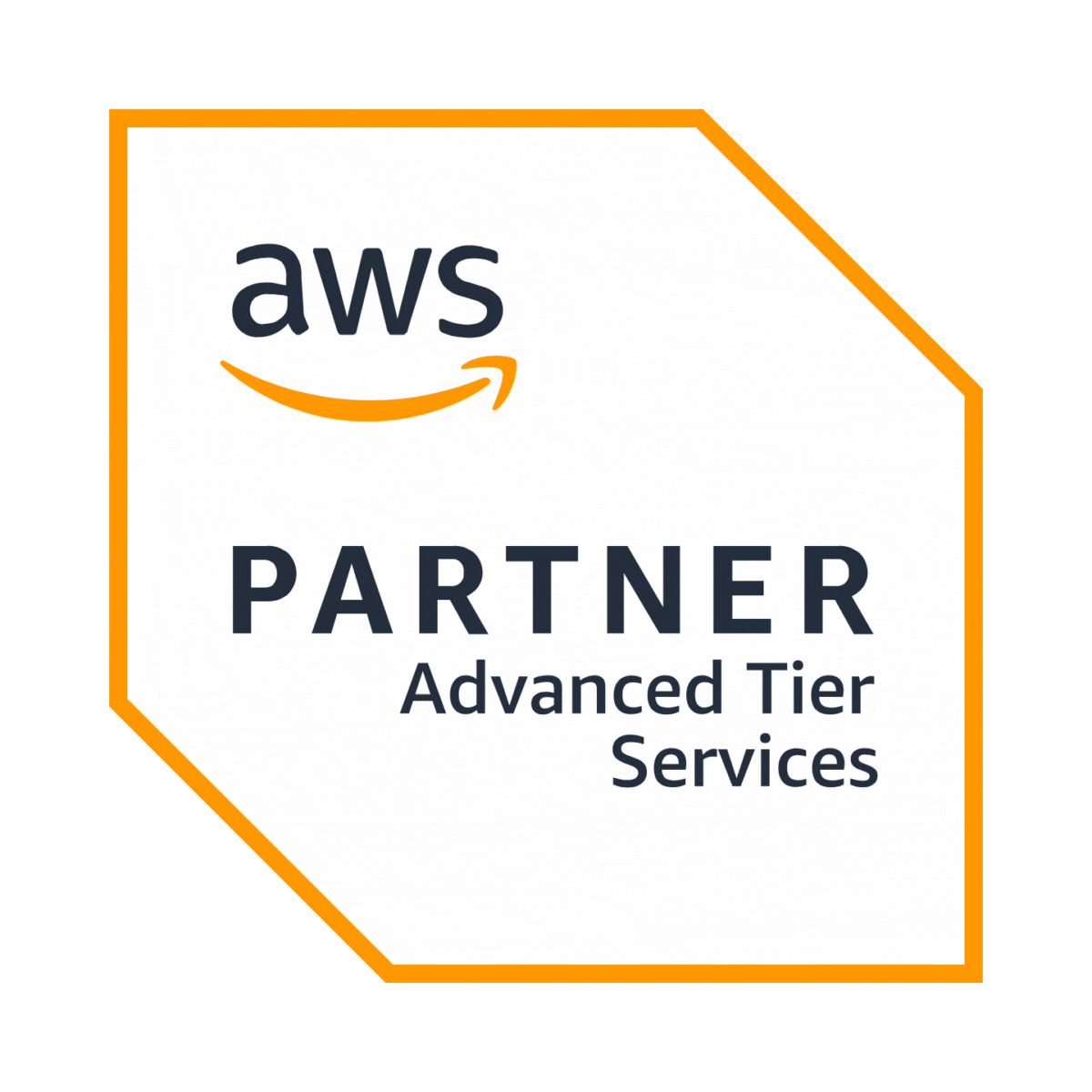The advent of generative AI (GenAI) is revolutionizing industries, and the IT sector stands at the forefront of this transformation. GenAI is not just enhancing productivity but reshaping how organizations approach workforce dynamics, talent management, and operational efficiency.
This industry perspective explores how GenAI impacts the on-demand workforce, focusing on workforce trends, emerging challenges, and strategic recommendations for IT leaders to capitalize on the potential of AI-powered solutions.
1. The role of GenAI in the IT workforce
Expanding capabilities with AI
Generative AI enables IT teams to automate complex and repetitive tasks, freeing up skilled professionals to focus on strategic innovation.
- Code automation: Platforms like GitHub Copilot have shown a 50% reduction in coding time.
- Data analysis: AI accelerates data processing, enabling real-time insights that were previously time-intensive.
- Infrastructure management: AI-powered tools streamline IT infrastructure management, reducing downtime and optimizing resource utilization.
Adoption rates and impact
GenAI adoption is accelerating across the IT sector:
- 65% of companies have implemented GenAI in at least one function, up from 45% in 2022.
- IT teams report a 30% boost in productivity when integrating AI tools into day-to-day operations.
2. The on-demand workforce in an AI-driven era
Flexibility and agility redefined
GenAI enables organizations to operate with unprecedented flexibility, particularly for on-demand workforces.
- Freelance and gig economy growth: With AI streamlining task allocation, companies increasingly rely on gig workers for project-based roles. Southeast Asia, for instance, has seen an 85% rise in freelance IT registrations since 2022.
- Global collaboration: AI-powered platforms simplify cross-border team management, broadening access to global talent pools.
Changing skill demands
With AI handling routine tasks, the demand for advanced and specialized skills has surged:
- Roles like AI model trainers, prompt engineers, and AI ethicists are emerging as critical to GenAI implementation.
- 73% of IT organizations now prioritize candidates with AI expertise over traditional skill sets.
The workforce shift to hybrid models
AI is enabling more hybrid workforce models, combining the advantages of in-office and remote work environments.
Stat insight: Companies report a 15% increase in productivity with hybrid setups optimized by AI tools.
3. Challenges in leveraging GenAI for the on-demand workforce
1) Workforce displacement
The automation of routine tasks is reshaping job roles.
- A 46% risk of job displacement in traditional IT roles is projected by 2030.
- Entry-level positions are most affected, creating an urgent need for upskilling initiatives.
2) Ethical and legal concerns
The rapid integration of AI raises critical challenges:
- Data privacy: Ensuring compliance with GDPR and global regulations.
- Bias in AI models: Organizations must address bias to ensure equitable outcomes.
3) Workforce readiness
The speed of GenAI adoption often outpaces workforce readiness, creating skill gaps that hinder implementation.
4. Strategic recommendations for IT leaders
Upskilling for an AI-driven workforce
Investing in continuous learning and development is key.
- Google and IBM lead with AI certification programs tailored for IT professionals.
- Upskilling programs in AI have seen a 40% increase in global enrollment.
Human-AI collaboration frameworks
To maximize AI’s potential, companies should:
- Foster collaboration between AI systems and human workers, allowing teams to focus on strategic tasks.
- Integrate workforce management tools like Workday or SAP SuccessFactors.
Ethical AI governance
Strong governance frameworks mitigate risks associated with GenAI.
- Conduct regular audits of AI systems to ensure compliance with ethical and legal standards.
- Empower diverse teams to oversee AI deployment, reducing bias in decision-making.
Leveraging GenAI for workforce planning
AI-driven workforce management tools optimize resource allocation and hiring strategies.
- Predictive analytics forecast workforce needs and readiness.
- Tools like Zoho People and BambooHR integrate freelance and permanent talent pools seamlessly.
5. The future of on-demand workforces in IT
A shift toward specialized roles
As AI adoption accelerates, new roles will gain prominence:
- By 2025, 20% of IT budgets will be allocated to GenAI-related roles.
- AI strategists, data scientists, and ethicists will become critical to IT operations.
Interdisciplinary teams
GenAI demands cross-functional teams that combine IT expertise with domain knowledge in healthcare, finance, and manufacturing.
Diversity and inclusion in AI
Companies building diverse AI teams report a 20% higher success rate in AI implementations.
Seizing the GenAI opportunity
Generative AI is not just a technological advancement; it is a catalyst for reimagining workforce strategies in the IT sector. By embracing flexible models, upskilling talent, and establishing ethical governance, organizations can unlock GenAI’s full potential.
For IT leaders, the key lies in balancing innovation with inclusivity and responsibility—ensuring that GenAI benefits both businesses and their workforces in the long term.
Ready to shape the future of your workforce with GenAI? Let’s start the conversation.
















